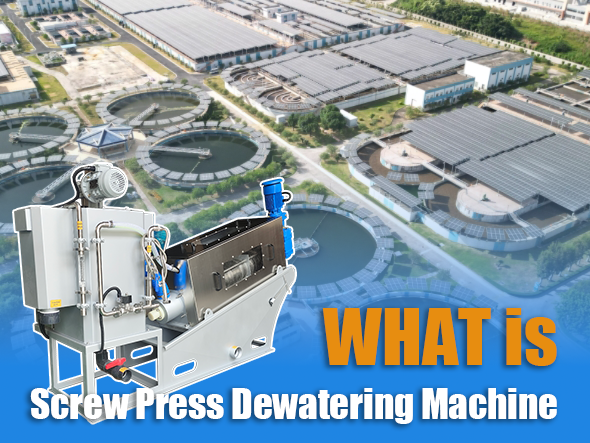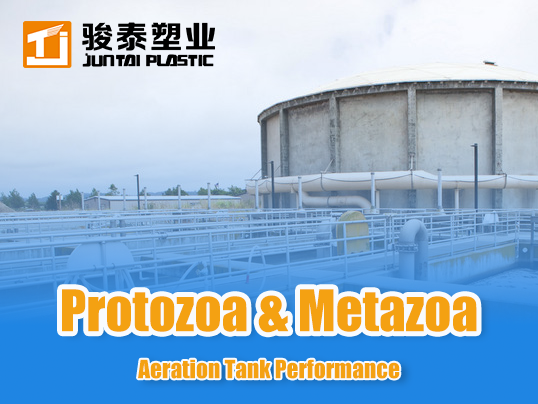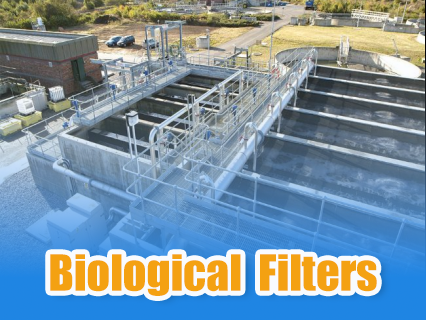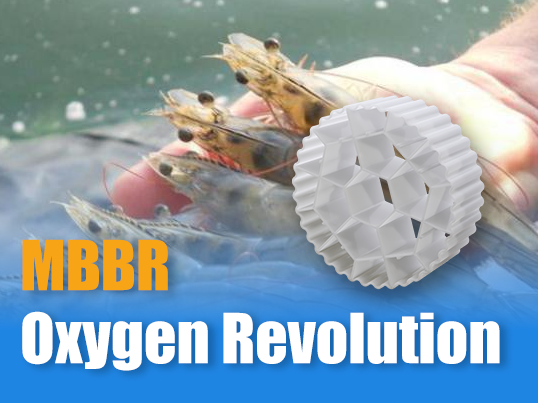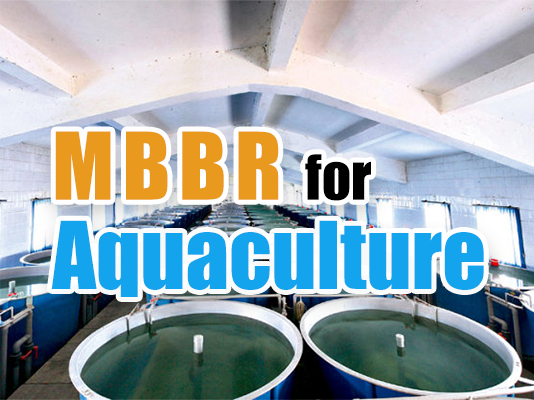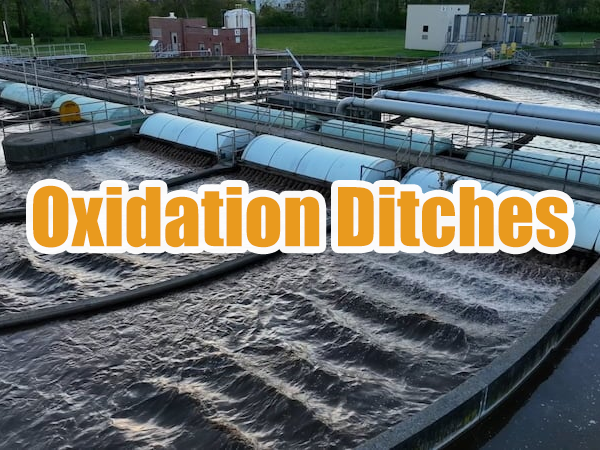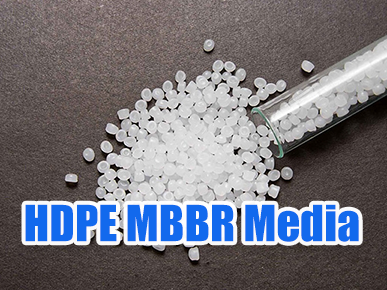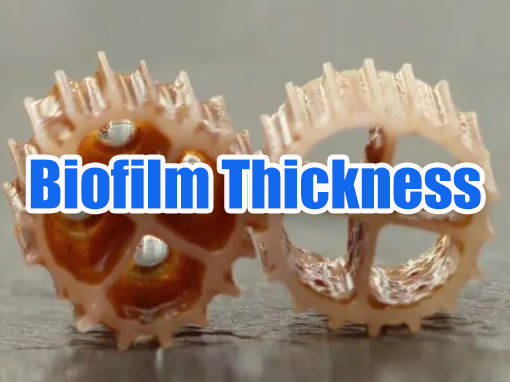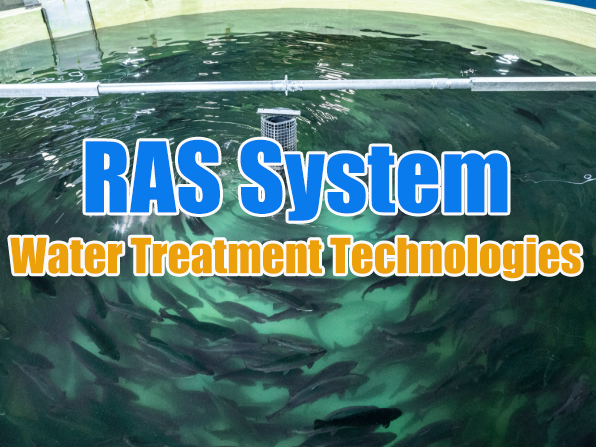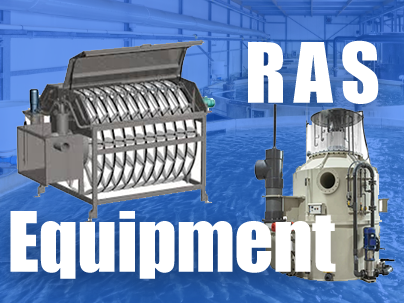 +86 13600513715
+86 13600513715 Screw Press Dewatering Machines: Slash Sludge Volume by 80%
The Unsung Hero of Wastewater Plants: How Screw Press Dewatering Machines Slash Sludge Costs
What Is a Screw Press Dewaterer? (And Why Every Plant Needs One)
A screw press dewatering machine is the workhorse of sludge management - a mechanical system that reduces sludge volume by removing 70-85% water content through continuous pressure filtration. Unlike centrifuges or belt presses, it uses a slow-rotating screw inside a perforated screen to gently squeeze sludge, producing cake solids of 18-25% dryness with minimal energy. This transforms liquid waste (0.5-1.5% solids) into shovel-ready material, cutting disposal costs by up to 80%.
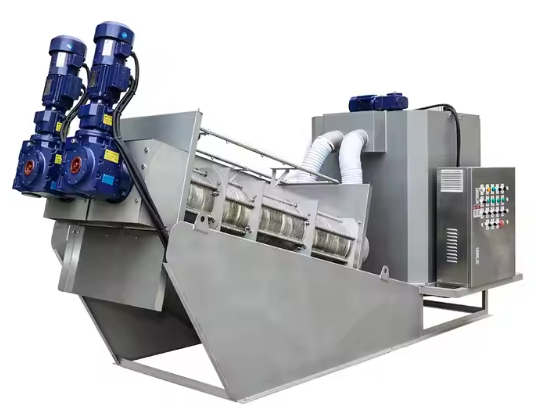
Anatomy of a Modern Screw Press: Key Components Explained
1. The Progressive-Depth Screw Shaft
-
Variable pitch design: Wide flights at inlet → narrow flights at discharge
-
Compression ratio: From 5:1 to 3:1 (adjustable via back-pressure cone)
-
Self-cleaning flights: Scraper blades prevent clogging (critical for sticky sludges)
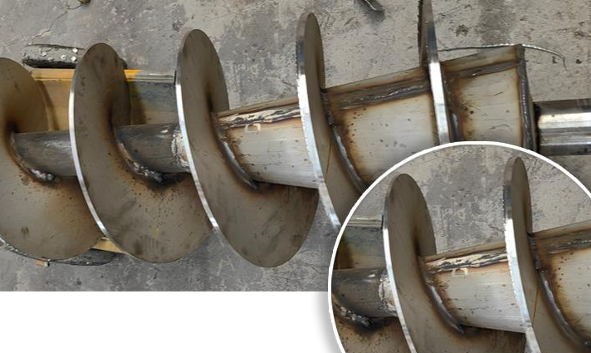
2. Multi-Layer Screen System
| Screen Type | Function | Material |
|---|---|---|
| Pre-drainage | Removes free water rapidly | 2mm wedge wire |
| Primary | Captures mid-size solids | 0.75mm laser-cut slots |
| Finishing | Polishes cake dryness | 0.25mm micro-perfs |
3. Intelligent Control Package
-
Torque monitoring: Auto-adjusts pressure based on sludge rheology
-
Flocculant dosing AI: Optimizes polymer use (±0.1% accuracy)
-
Cloud-based OEE tracking: Predicts wear parts replacement
Why Screw Presses Outperform Alternatives
*Table: Operational comparison for municipal sludge (50 T/day capacity)*
| Parameter | Screw Press | Centrifuge | Belt Press |
|---|---|---|---|
| Dryness (%) | 20-25 | 18-22 | 15-20 |
| Power (kWh/T sludge) | 5-8 | 25-40 | 10-15 |
| Noise Level (dB) | 65-70 | 85-95 | 75-80 |
| Footprint (m²) | 15 | 35 | 25 |
| Operator Attention | 15 min/shift | 90 min/shift | 45 min/shift |
| Wash Water (m³/T) | 0.1 | 0.3 | 1.5 |
The Science Behind Efficient Dewatering
1. Shear-Thinning Fluid Dynamics
Municipal sludge behaves as non-Newtonian fluid:
-
Viscosity drops under shear: Screw rotation (2-5 RPM) liquefies sludge for drainage
-
Thixotropic recovery: Solids re-thicken during low-shear compression stages
Properly designed Sludge Dewatering machines exploit this physics to achieve 3x higher solids capture than brute-force methods.
2. Flocculant-Sludge Synergy
Optimal dewatering requires polymer bridging:
-
Cationic charge density: 40-60% for activated sludge
-
Molecular weight: 10-15 million Daltons
-
Injection points: Pre-screening + mid-barrel boosters
Juntai’s screw press systems reduce polymer consumption by 35% through multi-zone injection.
Real-World Applications: Where Screw Presses Shine
1. Municipal Wastewater Plants
-
Volume reduction: 100m³ sludge → 8m³ cake (88% reduction)
-
Cost savings: $120/T disposal → $40/T after dewatering
-
Landfill diversion: Cake meets EPA 503 Class B standards
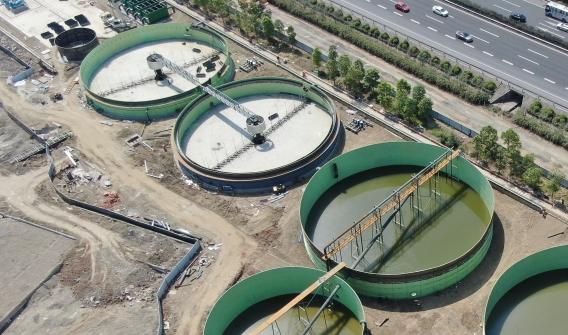
2. Food & Beverage Industry
-
Brewery waste: Dewaters spent yeast to 25% DS
-
Dairy processing: Handles high-fat sludge without grease blinding
-
Poultry plants: Removes feathers/fat from DAF sludge
3. Marine & Offshore
-
Compact design: 2m x 3m units for platform installations
-
Corrosion resistance: 316L stainless steel construction
-
Zero-discharge: Closed-loop wash water recycling
Selecting Your Screw Press: Technical Checklist
| Factor | Municipal Sludge | Industrial Sludge |
|---|---|---|
| Screen Opening | 0.25-0.5mm | 0.5-0.75mm |
| Compression Ratio | 4:1 | 3:1 |
| Screw RPM | 2-3 RPM | 0.5-2 RPM |
| Flocculant Type | Cationic, medium MW | Anionic, high MW |
| Back Pressure | 0.3-0.5 bar | 0.2-0.4 bar |
Future Innovations: Smart Dewatering
1. Self-Learning Polymer Optimization
-
Real-time viscometry: Adjusts dosing based on sludge viscosity
-
Machine vision: Analyzes floc size via camera systems
-
Digital twin integration: Simulates dewatering before physical changes
2. Waste-to-Energy Integration
-
Methane capture: Dewatered sludge → anaerobic digestion → CHP
-
Thermal hydrolysis: Pre-treats sludge for 20% higher biogas yield
-
Pyrolysis systems: Converts cake to biochar at 600°C
3. Nano-Material Screens
-
Graphene-coated wires: Prevent blinding permanently
-
Shape-memory alloys: Auto-clear jams by thermal expansion
-
Antimicrobial surfaces: Inhibit filamentous bacteria growth




